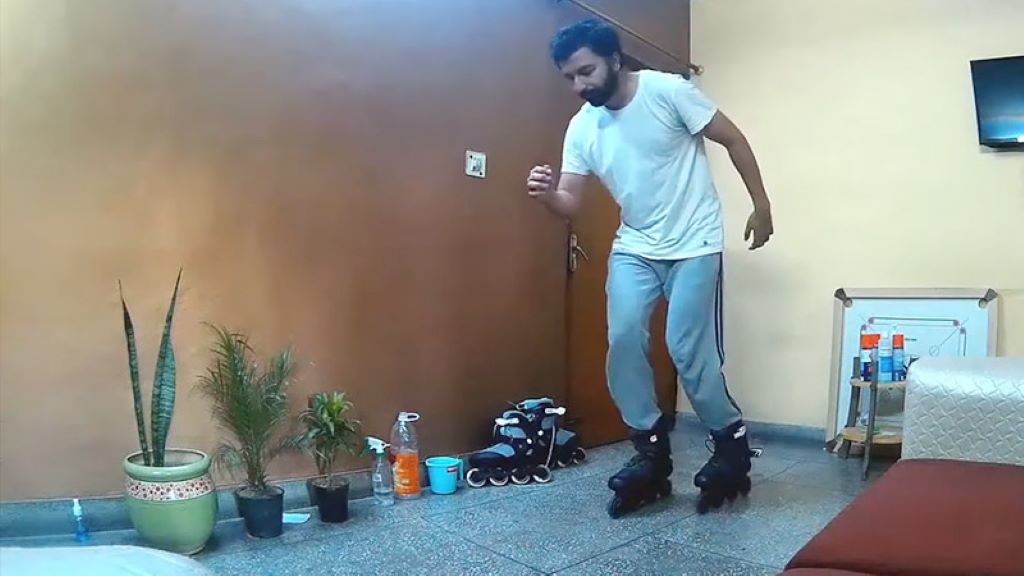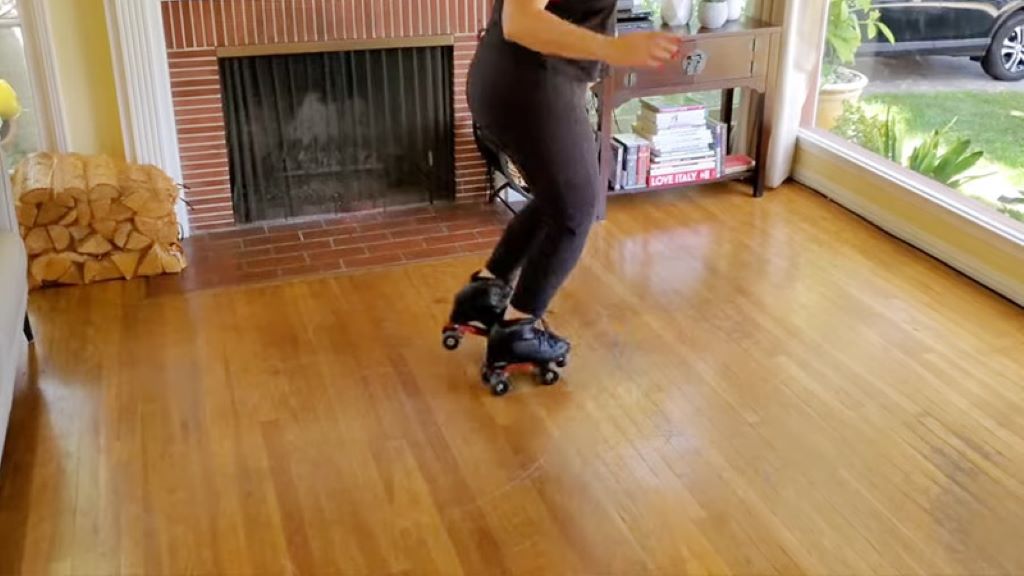
Are you a passionate skater who practices skating at home? Or maybe you’re just starting out and don’t have access to a skating rink nearby? Whatever your reason may be, not being able to practice skating can be frustrating. But fear not, because in this article we’ll explore different ways in which you can continue to develop your skating skills from the comfort of your own home.
The Basics of Skating
Before we dive into specific exercises and techniques, let’s refresh our memory on the basics of skating. Skating involves gliding on a smooth surface using ice skates or rollerblades. It requires balance, coordination, and proper body positioning to maintain control and speed. By mastering these basics, you can progress to more advanced techniques and tricks. So, let’s take a look at how you can practice these fundamentals at home.

Purchasing Your Skating Gear
One of the initial steps to practicing skating at home involves ensuring that you have the appropriate equipment. You might be curious how much is a good skateboard? Well, prices can vary significantly depending on the brand, quality, and where you make the purchase. On average, a decent skateboard can range anywhere from $50 to $150. Remember that skates or boards are an investment in your passion and safety. Therefore, it’s crucial to select high-quality gear that provides excellent control and stability, especially if you’re a beginner.
Balance
Balance is crucial in skating as it allows you to stay upright and maneuver smoothly. To practice balance at home, try standing on one foot for as long as possible. You can also stand on a cushion or pillow to simulate an unstable surface, making it more challenging. Another great exercise is balancing on one foot while doing different arm movements to mimic the arm positioning used in skating.
Coordination
Coordination goes hand in hand with balance in skating. To improve coordination, you can practice simple leg and arm movements simultaneously. For example, try marching or stepping side-to-side while swinging your arms in a skating motion. This will help you develop the muscle memory needed to perform complex movements on the ice or roller rink.
Body Positioning
Proper body positioning is essential for maintaining control and speed while skating. To work on this at home, you can practice squatting down low and pushing off with one foot, as if you were propelling yourself forward on the ice or rink. You can also try mimicking different skating positions and transitions, such as crossovers or turns, while standing in place.

Exercises for Skating at Home
Now that we’ve covered the basics, let’s explore some exercises specifically designed for practicing skating at home.
Jumping Jacks
Jumping jacks are a great way to improve your leg strength and overall fitness, both of which are crucial for skating. Start with a traditional jumping jack, then try variations such as side-to-side jumps or high knee jumps. These exercises will not only help you strengthen your legs but also work on your coordination and balance.
Lunges
Lunges are another great exercise for building leg strength and improving balance. Start with a traditional lunge, then try variations such as reverse lunges or side lunges. You can also add weights to make the exercise more challenging.
Squats
Squats are essential for developing leg muscles used in skating, such as quadriceps, hamstrings, and glutes. You can practice different types of squats at home, including standard squats, sumo squats, and jump squats. Adding weights or resistance bands can increase the difficulty of these exercises.
Core Exercises
A strong core is essential for maintaining balance and control while skating. To work on your core at home, you can do planks, sit-ups, Russian twists, or any other abdominal exercises of your choice. These exercises will also help improve your overall stability and body control.
Technique Practice
In addition to general exercises, it’s essential to work on specific skating techniques at home. Here are a few ideas for practicing different techniques without actually being on the ice or rink.
Gliding
To practice gliding, you can use furniture sliders placed under your feet while wearing socks. This simulates the feeling of gliding on ice or a smooth surface. You can also try using a skateboard or roller skates for gliding practice.
Turning
Turning is another crucial skating technique that can be practiced at home. You can use furniture sliders or a skateboard to simulate turning movements. You can also practice turning while standing in place, focusing on the proper body positioning and weight distribution.
Jumps and Spins
While you may not be able to do actual jumps or spins at home, you can still work on the technique and muscle memory needed for these advanced skating moves. Try simulating jumping and spinning movements while standing in place, focusing on proper body positioning and arm movements.
Conclusion
Practicing skating at home may not be the same as being on ice or a roller rink, but it can still be beneficial in improving your skating skills. By incorporating different exercises and techniques into your practice routine, you can continue to develop balance, coordination, strength, and proper body positioning, which are essential for understanding how a skateboard can jump up. So next time you find yourself unable to go to the rink, remember that there are still ways to improve your skating skills from home.
FAQs
Q: Can I practice skating at home without any equipment?
A: Yes, you can still work on balance, coordination, and body positioning without any equipment. However, having furniture sliders or a skateboard can simulate the feeling of being on ice or a roller rink.
Q: How often should I practice skating at home?
A: It’s recommended to practice at least a few times a week for the best results. However, consistency is key, so even practicing once a week can still be beneficial.
Q: Can I improve my speed and agility with home skating exercises?
A: Yes, exercises such as lunges and squats can help improve leg strength and overall fitness, which can contribute to faster and more agile skating.
Q: Are there any safety precautions I should take while practicing skating at home?
A: Yes, it’s essential to have a clear and open space to practice in to avoid any collisions or accidents. It’s also recommended to wear proper protective gear such as a helmet and knee pads.
Q: Can I learn advanced skating techniques at home?
A: While it may be more challenging to practice advanced techniques without being on the ice or rink, you can still work on proper technique and muscle memory at home.
